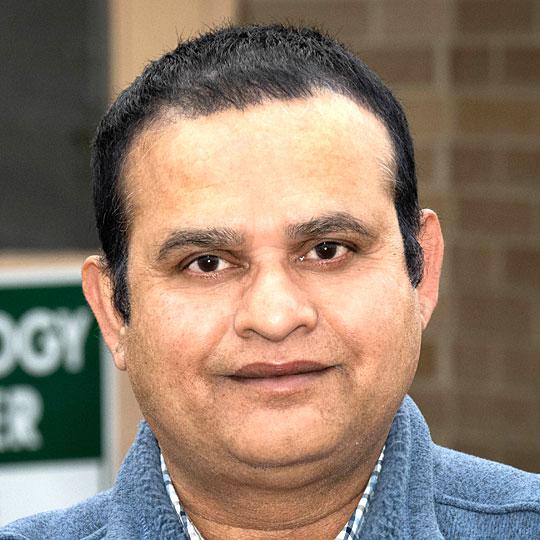Technologies Available for License
Categories: advanced materialselectronics & instrumentation
2022-011: A Low-noise Solid-state Avalanche Detector
Invention: 2022-011
Patent Status: PCT filed on May 19, 2022
For technical and licensing related questions, email tcp@bnl.gov.
Summary
Efficient sensing and imaging of low-light signals down to the single photon level with a true solid-state photomultiplier has been a long-standing quest with a wide range of applications in astronomy and spectroscopy, medical imaging, and the rapidly developing field of quantum optics and quantum information science. In this joint invention, BNL and Stony Brook University researchers provide a low-noise amorphous selenium based solid-state avalanche detector. This detector will potentially overcome the challenges of sensing, timing, and quantifying low-light signals down to the single photon level with high dynamic range, linear-mode operation, ultra-low dark current at room temperature, and low-noise avalanche gain.
Description
The low-noise amorphous selenium (a-Se) based avalanche detector acts very similar like a vacuum PMT device. It uses a high-k hole-blocking n-layer (e.g., STO) where a-Se is the only material experience the high field and all the metal contacts will have a low-field interface and thus, low injection. The high-κ non-insulating STO layer is used to substantially decrease the electric field at the hole-blocking-layer/high-voltage-metal-electrode interface. With this detector design, reliable and repeatable impact ionization gain without irreversible breakdown can be achieved.
Benefits
This a-Se based detector has various advantages including the bulk avalanche layer (i.e., a-Se) is readily produced uniformly over large area at substantially lower cost compared to crystalline silicon. The material (a-Se) is highly stable at room temperature and does not require cooling. The solid-state a-Se avalanche photomultipliers can provide gains like vacuum PMTs ~10^6.
Applications and Industries
Any field (e.g., medical imaging, astronomy and spectroscopy, quantum optics) that requires X-rays to THz frequencies detection with extremely low dark noise, high electrical bandwidth and high specific detectivity can use this technology.
Journal Publication & Intellectual Property
- US 2024/0266382 A1 (.pdf)
Contacts
-

Poornima Upadhya
Manager Technology Transfer & Commercialization
Technology Commercialization
(631) 344-4711, pupadhya@bnl.gov
-

Avijit Sen
IP Licensing & Commercialization
Technology Commercialization
(631) 344-3752, asen@bnl.gov




